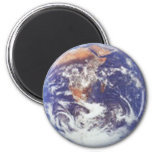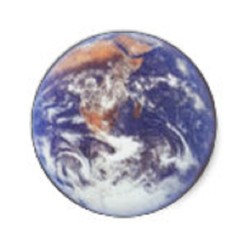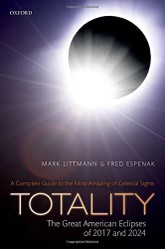With the discovery of a planet orbiting Proxima Cenuri, our nearest neighbor in the Universe, questions arose again regarding the possibility of life on another world. Several things helped bring this about. The planet is close to the size of Earth, just slightly larger which means it is not a gas giant. And, it appears to be in the Goldilocks Zone of its star, the region where water can exist in the liquid state. But, is that enough?
Yes, planets orbiting other stars have been discovered on a regular basis since the early 90s. The early finds were gas giants, which can cause a noticeable wobble of a planet’s star. Smaller planets require more elaborate technology, such as monitoring stars for a slight, and I do mean slight, dimming as the planet transits the face of the star. Or, use of Doppler shifts to determine when a star is moving towards, then away, from Earth as a planet orbits it. Direct observation is not practical.








 Multivariable Calculus: Gradient, Divergence, and Curl16 days ago
Multivariable Calculus: Gradient, Divergence, and Curl16 days ago
 UAPs, Formerly UFOs, If They Are Real How Can We Explain Their Arrival to Earth?17 days ago
UAPs, Formerly UFOs, If They Are Real How Can We Explain Their Arrival to Earth?17 days ago
 Polar Coordinate System19 days ago
Polar Coordinate System19 days ago
 Aurora Can Disrupt Electrical Devices And Even the Grid?21 days ago
Aurora Can Disrupt Electrical Devices And Even the Grid?21 days ago


Comments
Thinking of the vast number of stars and those planets that are no doubt out there is is very thought provoking to imagine all that truly lives beyond our planet.
I have been actively adding environmental articles as well. This particular article was just a response to a recent discovery, and what that might really imply. Some people do not realize how much is involved in having a planet suitable for complex life, and get very exceite over such discoveries as recently occurred. we must temper the enthusiasm with what exactly can we hope to find.
blackspanielgallery, Thank you for the lovely suite of Blue Marble- and exoplanet-related products. The discussion here about the fragility of life here on Earth is prescient since Blue Marble-like photos are showing more and more of a blue green Earth, striking in its own way but sadly indicative of ecosystem pollution and of globally warmed climate change.
I have just added another Wizzley article that discusses why complex life would not likely be found close by. The answer was too lengthy to just place here. I wrote about what we know about our own solar system.
This is a point worth thinking about.
Perhaps unreachable distances, just like stars, are a precondition for life to exist.
It seems to me that Earth is very apt for intelligent life. The question is whether intelligent life is elsewhere, and if so where and how faraway it is?
Thanks for this.
We will never be certain, but the best guess theory is after the core solidified the solar wind brought high speed charged particles into the atmosphere which ionized the atmospheric molecules, and they then repelled each other with many being lost to space from the push of the charges on each other. The earth has a molten core that creates a magnetic field. Charged particles tend to deflect by magnetic fields into circles, which in the case of the earth becomes a spiral down the field lines to the magnetic poles, where the interaction with the atmosphere occurs resulting in the aurora displays. Venus has volcanic activity, so it must still have a molten core. Mercury has gone the way of Mars, with the added heat and low fravity its atmosphere is lost to space for awhile.
Thanks for this information. I did not know why Mars had lost its atmosphere. Why did the Martian atmosphere charge like this, while ours and the Venusian atmosphere did not?